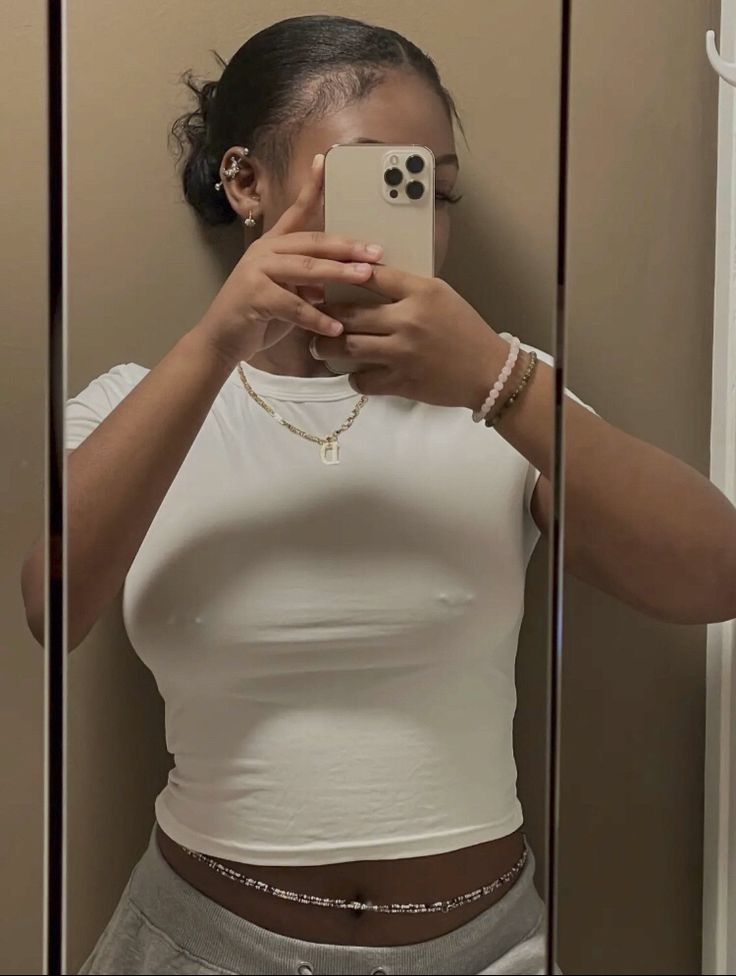
Nipple Piercing Risks: What You Need to Know Before Getting Pierced
Share
Considering a nipple piercing?
While these body modifications have grown in popularity, it's essential to understand the potential risks before making your decision. Here's what medical professionals and experienced piercers want you to know about Nipple Piercing Risks.
Infection: The Primary Concern
One of the most significant risks of nipple piercings is infection. Since the breast tissue contains numerous lymph nodes and blood vessels, introducing bacteria through piercing can lead to both localized and systemic infections. Signs to watch for include:
Redness extending beyond the piercing site, unusual discharge, fever, and persistent pain. Proper aftercare is crucial for preventing infections.
Healing Time and Complications
The healing process typically takes 6-12 months. During this time, potential complications can include:
Delayed healing, especially in people with compromised immune systems or diabetes
Allergic reactions to jewelry materials Keloid formation, particularly in those prone to scarring
Nerve damage, though rare, can affect sensation
Impact on Breastfeeding
For those planning future pregnancies, it's important to note that while most successfully healed nipple piercings don't interfere with breastfeeding, there are considerations:
Some women may need to temporarily remove jewelry during nursing
Scarring could potentially affect milk ducts
Consulting a lactation specialist before getting pierced can help make an informed decision
Professional Considerations
Choosing a qualified piercer is crucial. Look for:
Current certifications and licenses A sterile environment with autoclave sterilization Single-use, sterile needles High-quality, implant-grade jewelry
Long-term Maintenance
Even after healing, nipple piercings require ongoing care:
- Regular cleaning High-quality jewelry maintenance Awareness of signs indicating potential problems Professional assessment if complications arise
- Nipple piercings can be a safe form of body modification when performed correctly and maintained properly. However, understanding and preparing for potential risks helps ensure the best possible outcome.
- Remember to consult with healthcare providers about individual risk factors and always choose experienced, licensed professionals for any body modification procedure.
